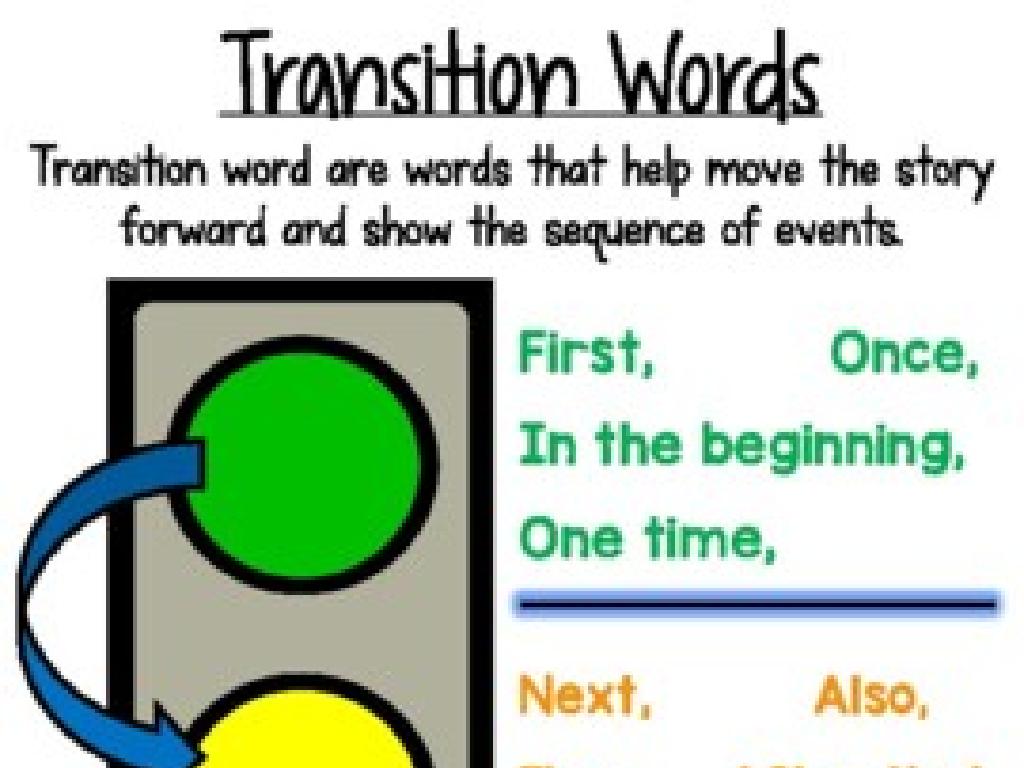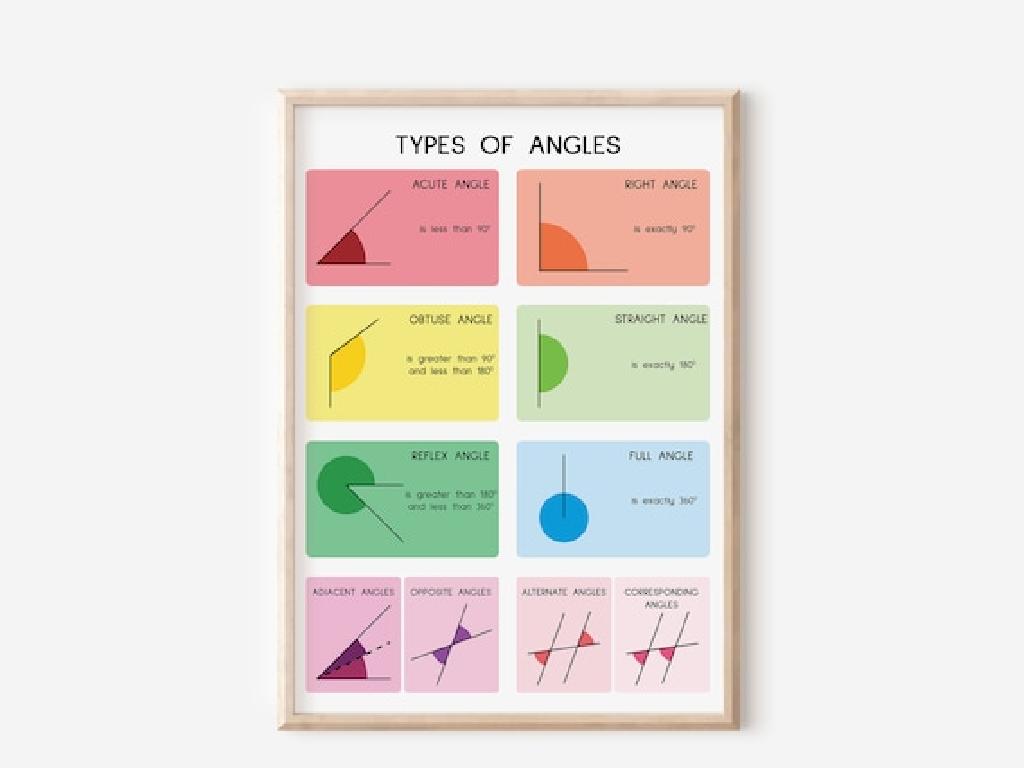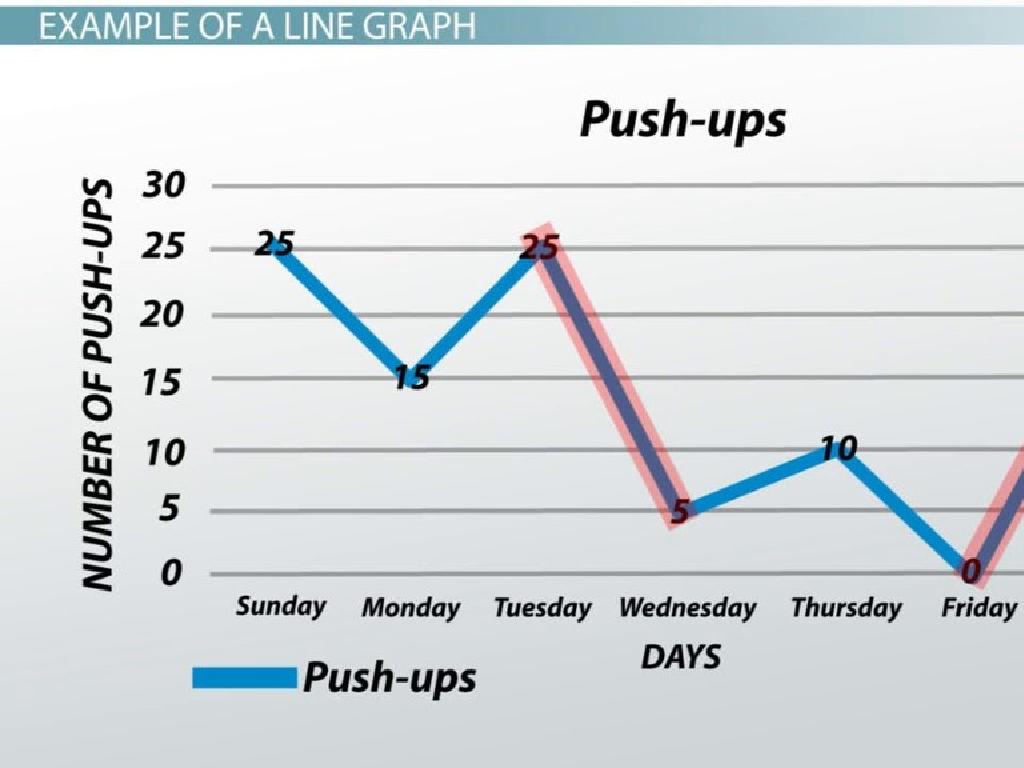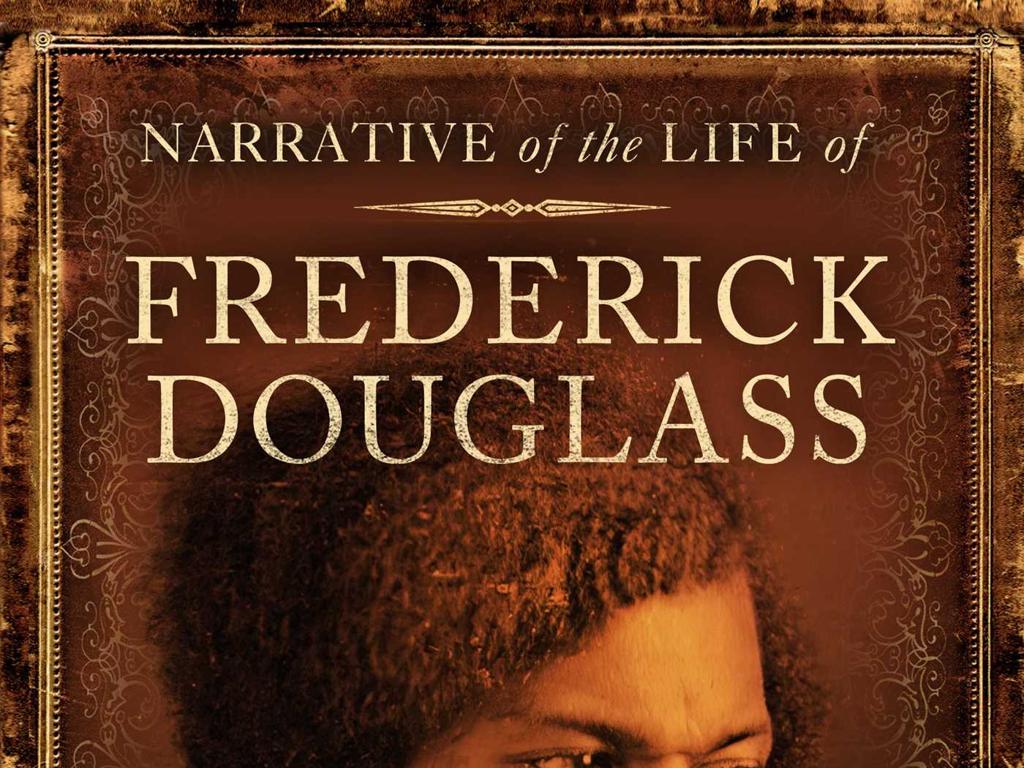Turn Words Into A Subtraction Sentence - Up To 10
Subject: Math
Grade: First grade
Topic: Understand Subtraction
Please LOG IN to download the presentation. Access is available to registered users only.
View More Content
Welcome to Subtraction!
– Learn to take away numbers
– Subtraction shows what’s left
– If you have 5 apples and eat 2, subtraction tells you 3 are left.
– Words to subtraction sentences
– ‘5 apples minus 2’ turns into ‘5 – 2 = 3’.
– Practice with numbers up to 10
– We’ll use numbers 1 through 10 to make sentences.
|
This slide introduces first graders to the concept of subtraction as a means of finding out how many items are left after some are taken away. Emphasize that subtraction is simply ‘taking away’ and use relatable examples, like apples, to illustrate this point. Show how a word problem like ‘five apples minus two’ can be turned into a subtraction sentence ‘5 – 2 = 3’. Encourage the students to think of subtraction as a fun activity and reassure them that we will only be working with numbers up to 10 to keep things simple and manageable. Prepare to guide them through several examples and provide hands-on practice to solidify their understanding.
Understanding Subtraction: Taking Away
– Subtraction means taking away
– Find out how many are left
– If you have 4 toys and give 1 away, how many do you have now?
– Subtraction in everyday life
– Like eating some of your snacks and seeing what’s left
– Practice with real objects
– Use apples or toys to subtract and see the result
|
This slide introduces the basic concept of subtraction to first graders. Subtraction is explained as the process of taking away from a total amount. To help students grasp the concept, use everyday examples such as eating apples or playing with toys, and then seeing how many are left. Encourage students to practice with real objects to visualize the subtraction process. This hands-on activity will help them understand that subtraction tells us the remaining quantity after some are taken away. Reinforce the idea with different examples and ensure they can relate subtraction to their daily experiences.
Turning Words into Subtraction Sentences
– ‘Minus’ and ‘take away’ mean subtract
– Example: ‘Take away 2 from 5’
– This means 5 – 2, which equals 3
– Practice with different numbers
– Try ‘4 take away 1’ or ‘6 minus 3’
– Subtraction is fun and easy!
|
This slide introduces the concept of subtraction to first graders by associating the action with common words they understand, such as ‘minus’ and ‘take away’. Start by explaining that these words are used to indicate subtraction. Use the example provided to show how a phrase can be turned into a subtraction sentence. Encourage the students to practice with more examples, using numbers up to 10 to create their own subtraction sentences. Reinforce that subtraction is a simple process that can be fun. In the next class, have students share their examples and solve them together. This will help solidify their understanding of the concept.
Turning Words into Subtraction Sentences
– Understand ‘4 birds, 1 flies away’
– Imagine 4 birds on a tree and one decides to fly away, how many are left?
– Write it as a subtraction: 4 – 1
– This means taking 1 away from 4, which we write as ‘4 – 1’
– Practice with different examples
– Let’s try ‘5 candies, 2 eaten’ or ‘3 balloons, 1 pops’
– Share our subtraction sentences
|
This slide is aimed at helping first graders understand how to translate a verbal statement into a subtraction sentence. Start by explaining the concept of subtraction as ‘taking away’ and use tangible examples like birds, candies, or balloons to illustrate this. Encourage the students to visualize the scenarios to better grasp the concept. After explaining, engage the students in an interactive activity where they come up with their own examples and write them as subtraction sentences. This will help reinforce their understanding and make the learning process enjoyable.
Let’s Practice Subtraction!
– Start with 7 crayons, give 2 away
– 7 crayons – 2 crayons = 5 crayons left
– Begin with 9 balloons, 3 pop
– 9 balloons – 3 balloons = 6 balloons left
– Write subtraction sentences
– How many items left?
|
This slide is a class activity designed to help students practice turning word problems into subtraction sentences. Present the scenarios clearly and ensure students understand the context before moving on to the math. For the first example, guide them to subtract the number of crayons given away from the starting amount. Do the same with the balloons, emphasizing the action that causes the subtraction (the balloons popping). After explaining, have the students write the subtraction sentences on their own. Encourage them to visualize the scenarios to better understand the concept of ‘taking away’. Possible activities include using physical crayons and balloons for a hands-on experience, drawing the scenarios, or using number lines.
Creating Subtraction Sentences
– Start with 7 crayons, take away 2
– 7 crayons – 2 crayons = 5 crayons
– Begin with 9 balloons, remove 3
– 9 balloons – 3 balloons = 6 balloons
– How many crayons are left?
– How many balloons are left?
|
This slide is designed to help first graders practice turning words into subtraction sentences. Start by showing them examples using items they are familiar with, like crayons and balloons. Explain that subtraction means taking away. After going through the examples, encourage the students to write their own subtraction sentences using objects around them or from their imagination. They should express the full sentence: the total number, what is taken away, and what is left. For the activity, provide different scenarios for the students to create subtraction sentences, such as ’10 cookies minus 4 cookies’ or ‘8 apples minus 3 apples’. This will help them grasp the concept of subtraction in a fun and interactive way.
Class Activity: Subtraction Stories
– Create a subtraction story
– Use classroom objects
– Share with a partner
– Write the subtraction sentence
– Example: If you have 5 crayons and give 2 away, how many do you have left?
|
This activity is designed to help students understand subtraction in a practical and engaging way. Have the students look around the classroom and pick objects they can use to create a story that involves subtraction. Encourage them to think creatively and come up with a scenario where they might give away or lose some of their items, and then have to figure out how many they have left. After they share their story with a partner, they should write down the corresponding subtraction sentence. For example, ‘5 crayons – 2 crayons = 3 crayons left.’ As they share their stories with the class, write the subtraction sentences on the board to reinforce the concept. This will help them visualize the subtraction process and understand how it applies to real-life situations.






